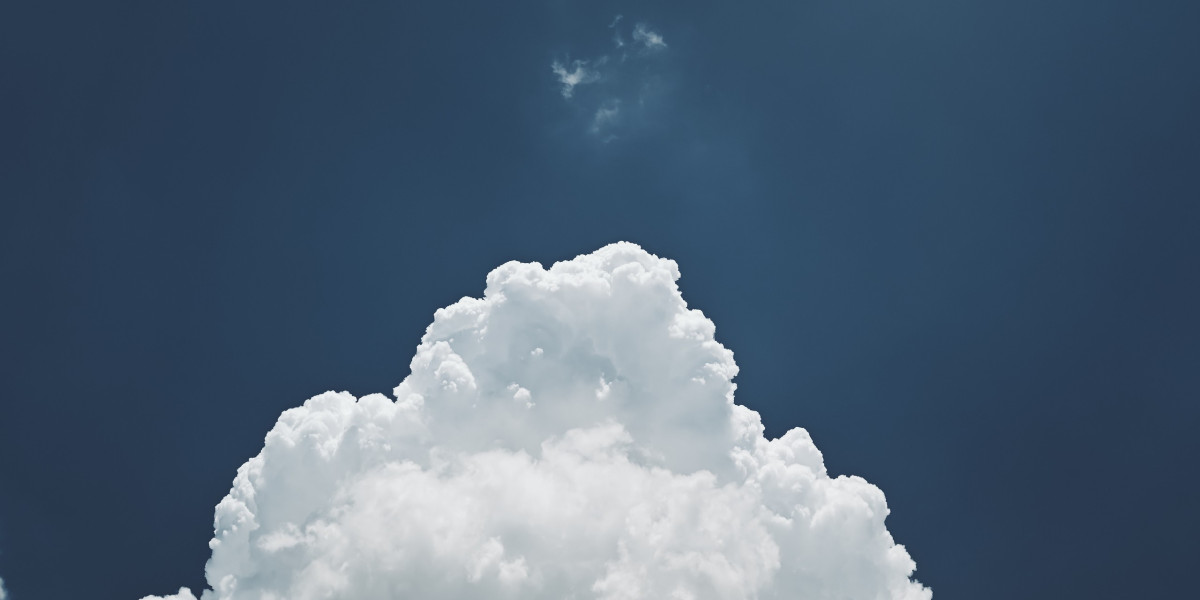Unlock the Secrets of Studio Lighting: Transform Your Photography Game!
In the world of photography, lighting is everything. It can make or break an image, highlighting details, creating moods, and even altering colors. Studio lighting, in particular, plays a crucial role in achieving professional-quality images. Unlike natural light, which can be unpredictable and influenced by weather conditions, studio lighting allows photographers to have complete control over their environment. In this article, we will explore the different types of studio lights available, their unique characteristics, and how they can elevate your photography skills. Whether you are a beginner looking to improve your craft or a seasoned pro aiming to enhance your setup, understanding studio lighting is essential. Join me on this journey to unlock the secrets of studio lighting and transform your photography game!

Understanding Studio Lighting
Studio lighting encompasses a range of artificial lighting sources used in photography to create a controlled and consistent environment. Unlike natural lighting, which varies in intensity and color temperature throughout the day, studio lighting provides photographers with the ability to manipulate light to suit their creative vision. It allows for precise control over shadows, highlights, and overall image composition. The significance of studio lighting cannot be overstated; it is often what separates amateur snapshots from professional-grade images. By understanding the nuances of studio lighting, photographers can enhance their ability to convey emotion, highlight subject details, and create visually stunning compositions.
Types of Studio Lights
When it comes to studio lighting, there are several types to consider. Each type of studio light has its unique features and applications, making it essential to choose the right one for your specific needs. Here, we will delve into three popular types of studio lights: continuous lights, strobe lights, and LED lights. Each has its strengths and weaknesses, and understanding these can help you make informed decisions about your lighting setup.
1. Continuous Lights
Continuous lights are a favorite among beginners for their simplicity and ease of use. These lights emit a constant beam, allowing photographers to see how the light interacts with their subject in real-time. This feature is particularly beneficial for those who are just starting out, as it helps them understand the effects of light and shadow without the guesswork. Continuous lights are versatile and can be used for various photography styles, including portrait, product, and even video shooting. However, one limitation is that they often generate more heat and can require higher wattage to achieve the desired brightness.
2. Strobe Lights
Strobe lights, also known as flash lights, are a staple in professional photography. Unlike continuous lights, strobe lights produce a burst of light for a very short duration, allowing photographers to freeze motion and capture sharp images. One of the significant advantages of strobe lights is their ability to produce a high-intensity light output while consuming less energy compared to continuous lights. They are particularly effective in scenarios where subjects are in motion or when achieving a shallow depth of field is desired. Many professional photographers swear by strobes for their flexibility and power, making them a vital part of their lighting arsenal.
3. LED Lights
LED lights have gained immense popularity in recent years due to their energy efficiency and versatility. They produce less heat than traditional continuous lights and can be adjusted for brightness and color temperature, making them an excellent choice for various photography applications. Additionally, LED lights have a long lifespan, which reduces the need for frequent replacements. They are ideal for both photography and video, and many photographers appreciate their portability and ease of setup. As technology continues to evolve, the options available in the LED lighting space are becoming more sophisticated, catering to the diverse needs of photographers.
Choosing the Right Studio Light for Your Needs
Choosing the right studio light is crucial for achieving your desired photographic results. Consider your photography style, budget, and experience level when selecting a lighting setup. For beginners, continuous lights might be the best option due to their user-friendly nature. If you plan to work with moving subjects or want to explore high-speed photography, investing in strobe lights could be beneficial. On the other hand, if you value energy efficiency and versatility, LED lights may be the perfect choice. It's also worth considering the size of your studio and how many lights you might need to create the desired effects. Experimentation is key; don't hesitate to try different types of lights to see what works best for your creative vision.
Techniques for Effective Studio Lighting
Once you've selected your studio lights, understanding how to use them effectively is essential. Positioning your lights correctly can dramatically alter the mood and feel of your images. Experiment with different angles and distances to discover how shadows and highlights can enhance your subjects. Utilizing light modifiers such as softboxes, umbrellas, and reflectors can also help diffuse or redirect light, allowing for more control over the final image. Additionally, understanding light ratios—how much light each source contributes—can help you achieve the perfect balance in your photographs. Remember, practice makes perfect; the more you experiment with your lighting setup, the more you'll learn about the art of studio lighting.
Mastering Studio Lighting for Photography Success
In conclusion, mastering studio lighting is a transformative step in enhancing your photography skills. By understanding the various types of studio lights and how to effectively use them, you can elevate your images to a professional level. Whether you opt for continuous, strobe, or LED lights, each type offers unique advantages that can cater to your creative needs. As you explore different lighting setups and techniques, you'll find that the right lighting can significantly impact your photographic outcomes. So, don't hesitate to experiment and find what works best for you. Embrace the power of studio lighting, and watch your photography game reach new heights!







